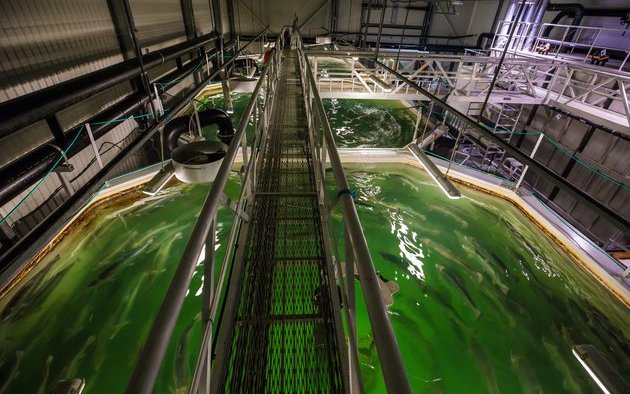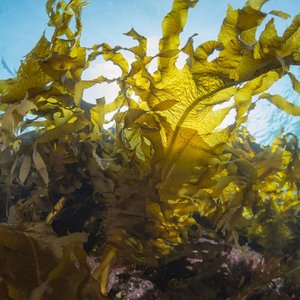Nofima recently sent out questionnaires to smolt suppliers to get an overview of current practices and lessons learned from the production of large smolt. Similar questionnaires are being sent to grow-out producers concerning performance after sea transfer. One of the challenges is to link information about hatchery-phase production protocols to post-release performance data.
The project will collect and analyze relevant data about the commercial production of Atlantic salmon from producers in Norway, Chile, Canada, Scotland and the Faroe Islands. Input from producers will be anonymized. To take part in the survey, contact Trine Ytrestøyl, senior scientist at Nofima, trine.ytrestoyl@nofima.no.
In the spring, the input from fish producers will be followed up by interviews and discussion meetings with the industry. By surveying current practice and collecting experiential data, researchers aim to recommend the best practices for the production of large salmon smolt in various scenarios.
Why is this necessary?
Today’s salmon production is constantly changing to comply with new requirements and meet expectations for fish health, growth and profitability, with several factors affecting the producer’s choice of production regimen. The large-scale expansion of onshore facilities makes it possible to keep salmon in closed-containment systems, thereby producing bigger smolt. The intention is to reduce the sea-phase production time, thus reducing the prevalence of salmon lice and disease.
Currently, different producers use multiple protocols to produce large hatchery fish, including different light regimes, temperature, salt additives, feed and genetics. In addition, smolts are released into the sea at different times of the year, which means that the smolt encounters different environmental conditions after release.
“Up to now, fish farmers have reported that the sea-based performance of large salmon smolt varies. But the scale of the problems and the factors responsible for the poor performance have not been identified. The production of large smolts for sea transfer needs an economically viable strategy and it is important to achieve good and predictable growth after sea transfer. Producers will mutually benefit from being transparent,” said Sven Martin Jørgensen, project manager, FHF.
Assessing how smolts perform after being released to the sea and how size and production regimens affect the performance will be a crucial aspect of a survey process that ultimately will generate recommendations for best practices for the production of large salmon smolt.
The project, Knowledge survey: production of large salmon smolt, led by Nofima, in collaboration with NORCE, BDO, Åkerblå, Fiskaaling and Avrik, is funded by the Norwegian Seafood Research Fund (FHF). The results will be disseminated to relevant stakeholders throughout the value chain via e-learning courses, webinars and publications.













